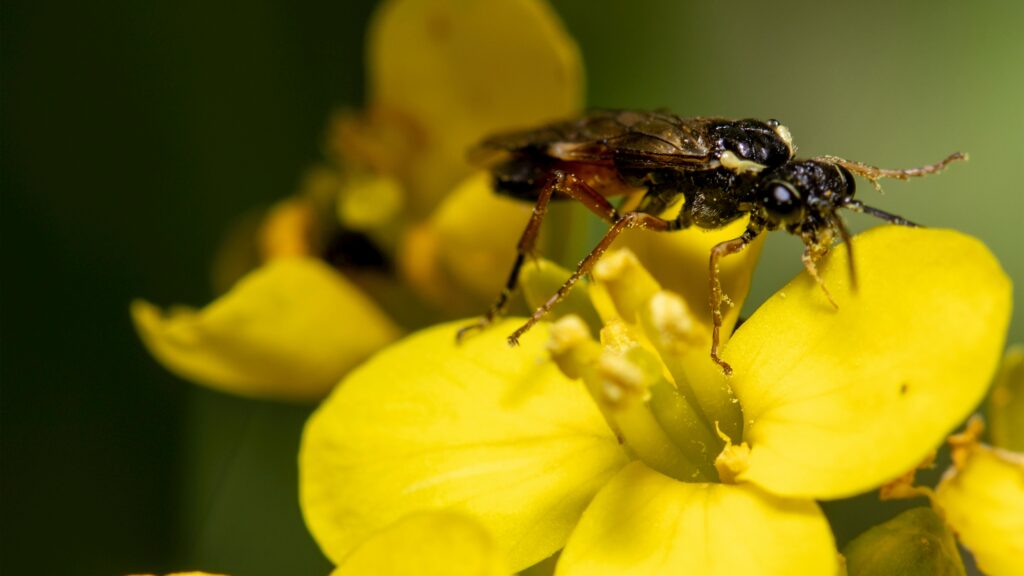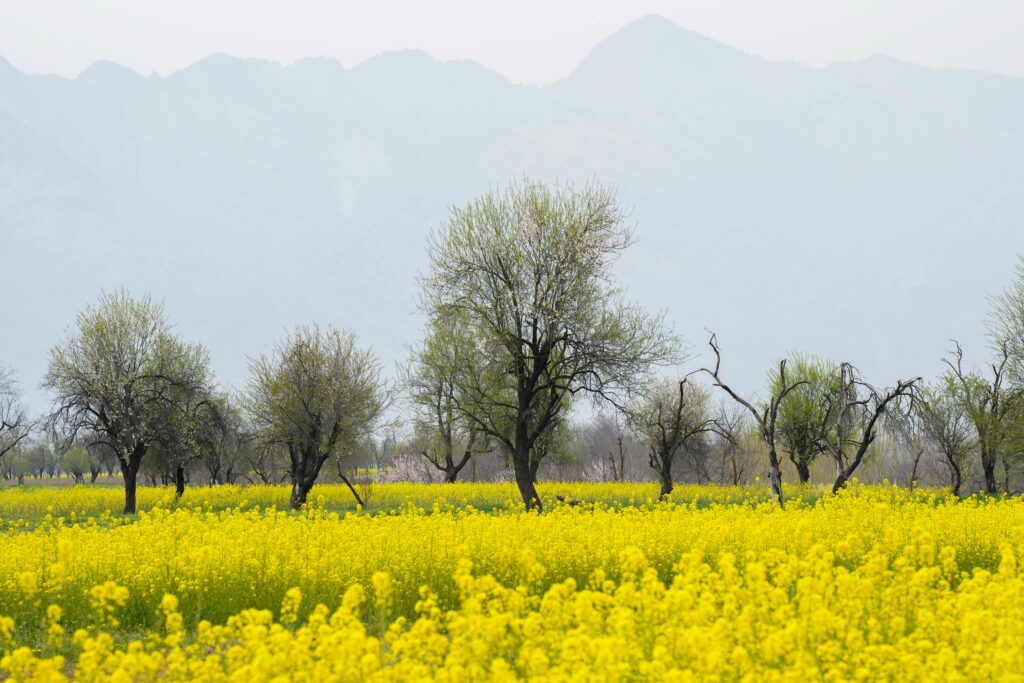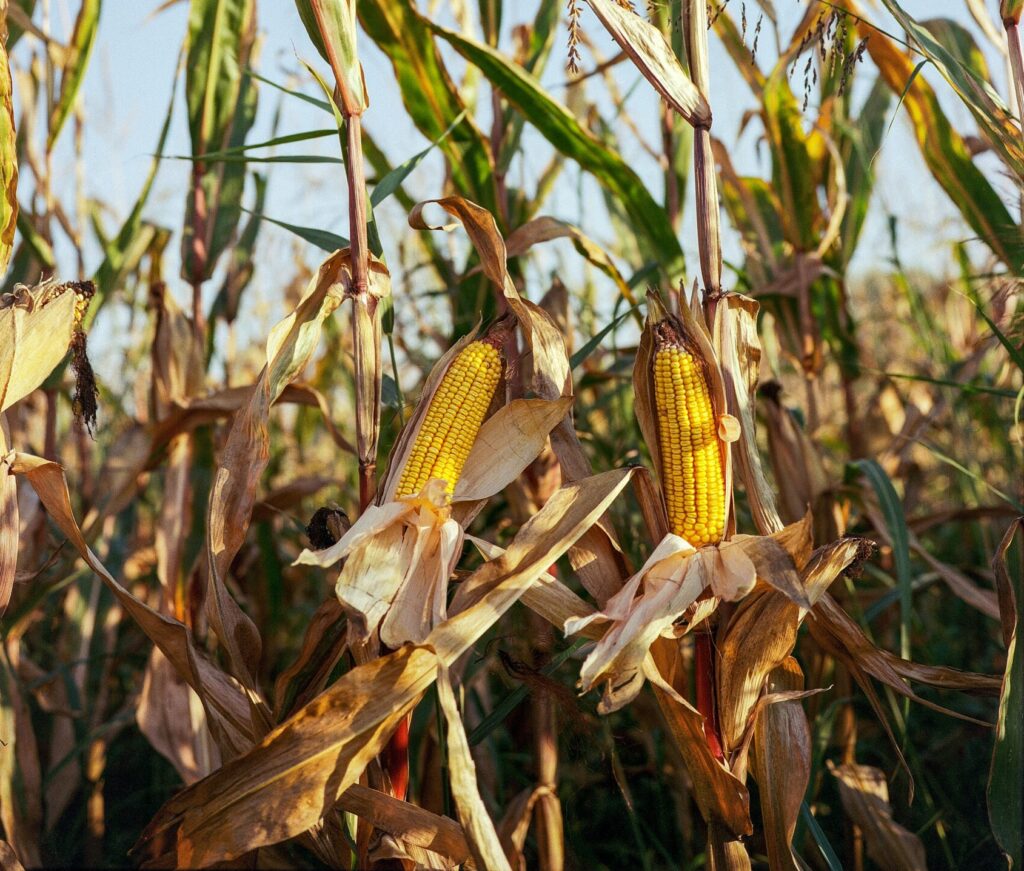Rice is one of the world’s most important crops, feeding millions of people globally. However, achieving healthy, high-yield rice fields requires proper crop management, including effective weeding and pest control. Without these essential practices, weeds and pests can quickly overwhelm rice fields, competing for nutrients, sunlight, and water, and ultimately reducing crop quality and yield. Here’s a guide on how farmers can manage these challenges for successful rice cultivation.
The Importance of Weeding in Rice Cultivation
Weeds can drastically reduce the yield of rice crops by competing with rice plants during their most vulnerable growth stages. Proper weeding not only increases yield but also helps ensure that rice plants have enough nutrients and sunlight to thrive.
Weeding Methods
- Manual Weeding: Traditional but effective, manual weeding is particularly suitable for small-scale farms. It involves physically removing weeds by hand, often done twice in the first month after planting to give rice plants a head start.
- Mechanical Weeding: For larger fields, mechanical weeders are an excellent alternative. Tools like rotary weeders uproot weeds while minimizing damage to rice plants. Mechanical weeding is efficient, saving both time and labor costs.
- Herbicides: Chemical weed control can be efficient if applied responsibly. Herbicides are available as pre-emergent, applied before weeds sprout, and post-emergent, targeting existing weeds. However, herbicides should be used judiciously to prevent resistance and avoid harming the environment.
Best Practices in Weed Management
- Rotation of Herbicides: Changing herbicides regularly helps prevent weeds from developing resistance.
- Integrated Weed Management: Combining manual, mechanical, and chemical methods offers a more sustainable approach to managing weeds effectively.
Effective Pest Control for Rice Crops

Rice plants are prone to a variety of pests, such as stem borers, leafhoppers, and brown planthoppers, which can cause extensive damage. An Integrated Pest Management (IPM) approach, combining various pest control methods, offers an effective, environmentally friendly solution.
Pest Control Strategies
- Biological Control: Encouraging beneficial insects like spiders, dragonflies, and parasitic wasps can help reduce pest populations naturally. These predators help control pests without the need for chemicals, maintaining a balanced ecosystem in the rice field.
- Cultural Practices: Crop rotation, proper water management, and field sanitation are powerful tools against pests. Flooding fields can deter some pest types, while clearing plant debris reduces overwintering spots for pests. These practices help disrupt pest lifecycles and reduce their presence.
- Chemical Control: Insecticides can be effective but should be a last resort within IPM. It’s essential to use targeted insecticides and apply them only when pest populations reach levels that could cause economic harm. This minimizes the risk to beneficial insects and the environment.
Preventive Measures
- Regular Monitoring: Monitoring pest levels frequently allows early detection and timely intervention, preventing infestations from spreading.
- Pest-Resistant Rice Varieties: Some rice varieties have natural resistance to common pests. Choosing these varieties helps reduce pest damage and minimizes the need for chemical control.
- Field Sanitation: Clearing leftover plant materials from the field removes potential breeding grounds for pests, reducing their likelihood of returning.
Managing weeds and pests is essential for achieving a healthy, productive rice crop. By integrating effective weeding techniques with a sustainable pest control approach, farmers can protect their rice fields, increase yields, and support long-term agricultural sustainability. A balanced approach that combines manual, mechanical, and chemical methods within an Integrated Pest Management (IPM) framework can ensure a resilient rice crop and a prosperous harvest.
















